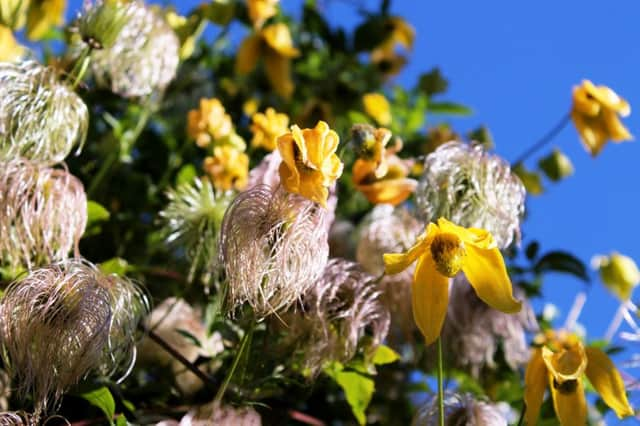Late late show


The soil is still relatively warm and moist, which will encourage the new root growth needed to allow a young plant to establish itself sufficiently to survive the next few months and then romp away as the weather improves.
Clematis are greedy plants – they like plenty of well-rotted organic material around their roots, and they like those roots to be kept cool, so dig the planting hole out of the reach of the sun but in a spot where the plant can climb up into the bright light. If that’s not possible, cover the soil above the roots with a large, flat stone.
Advertisement
Hide AdAdvertisement
Hide AdWhen planting trees and shrubs, gardeners are told to try to ensure that the rootball is level with the soil surface, but this rule goes out of the window when it comes to clematis.
Clematis wilt is an unpleasant disease which can poleaxe a plant. The first sign is when the plant wilts – and then it’s normally too late to do anything and the plant dies.
But if the clematis is planted with a few inches of its stem below the soil level there’s a good chance that wilt can beaten because the disease affects only the growth that’s visible.
So if a newly-planed clematis suddenly wilts, cut it right down to the ground; hopefully, the buried bit of stem will produce new, healthy growth.
Advertisement
Hide AdAdvertisement
Hide AdAnd if you’ve never thought of planting a clematis, perhaps it’s time to think again, especially when the variety in question is Clematis tangutica.
It’s a late-flowering clematis which produces bell-like, yellow flowers and then lots of lovely silky seed heads that last well into winter.
It will scramble over the ground but it’s best grown up a trellis or through a shrub or tree. It prefers a well-drained soil and plenty of sun with its roots somewhere cool.
To encourage it to do its best, prune it hard in spring.